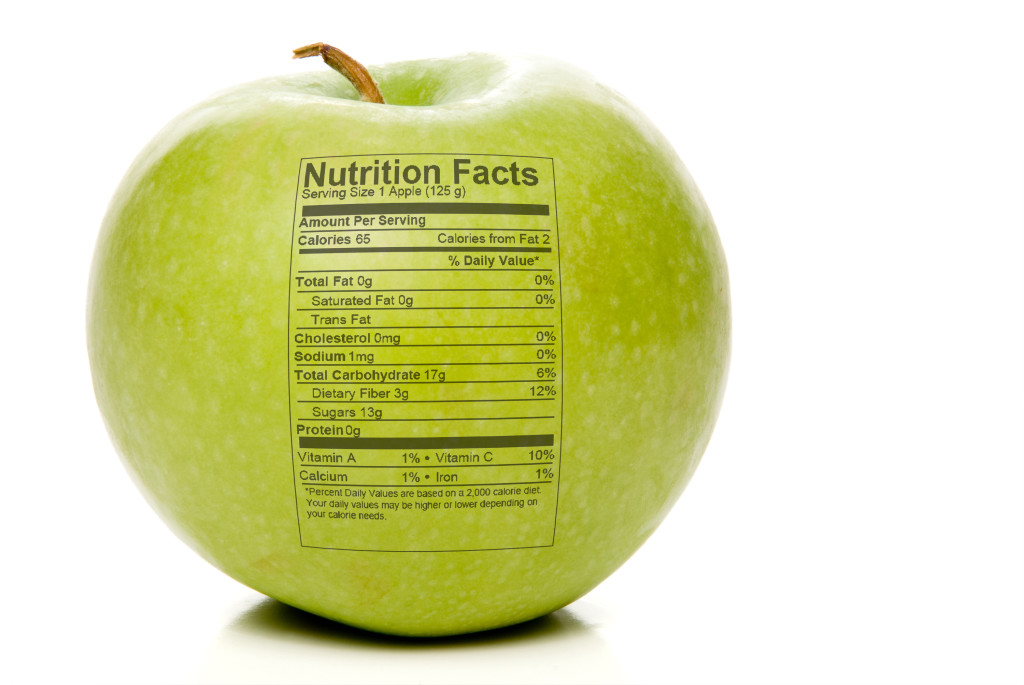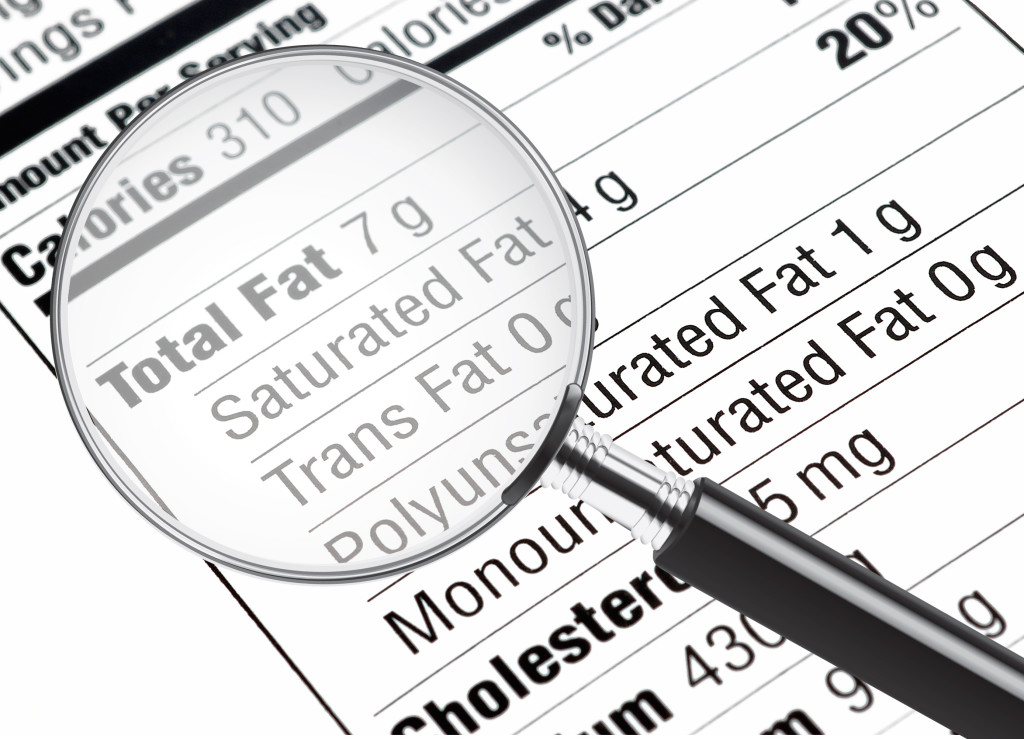
In my last article I gave you the quick low down on calories, and how they affect metabolism and health. In following with that trend I give you the next piece of the nutrition puzzles: nutrition facts!
Found on every single packaged food and beverage besides water, food labels can tell you everything you need to know about what you’re eating, plus how healthy/unhealthy it is for you. Unfortunately, they’re not exactly too consumer friendly—how many carbohydrates are you supposed to eat in a day? Is one gram of salt a lot? It can all be a little confusing but don’t worry, I’ll explain each nutrient on the nutrient facts label and give you a rough estimate of how much you should be eating.
Although the nutrient facts label is rather small on food there is a lot of information, so I’ll be splitting the nutrients into two articles.
Serving Size
The very first thing listed on the nutrient label is the serving size. This is very important, as the facts that follow only pertain to the amount of the serving. In other words, there could be more than 1 serving in that bag of chips! Here’s an example:
In Pringles ™ Chips there are 16 chips per serving. The calorie amount is 150, calories from fat, 90. You might say this isn’t terrible as 150 calories is only 7.5% from a 2000 calorie diet.
But, there are 6 servings per container! In other words if you chose to eat the entire can of Pringles™ you’re getting 900 calories, 540 which are from fat, which is 45% of your recommended total calories for the day!
At the very least, most people will probably eat more than 16 Pringles™ chips at one sitting; and the idea of counting the amount of chips you’re eating probably doesn’t sound like a lot of fun.
So what’s the message here?
If you don’t want to dutifully keep track of the exact amount of food you’re eating (and sometimes serving sizes will be in grams, which isn’t too helpful without a food scale) just try to keep in mind a general idea of how much you’re eating.
The nutrition facts will always list the servings per container, so you can use that as a rough guide. For example if there are 13 servings per container at 160 calories per serving and you eat about half the container, you’ve consumed about 960 calories.
I won’t go into detail about the amount of calories you should be consuming per day as that was the focus of my last article, but in case you’ve forgotten consuming about 2000 calories per day is a pretty safe bet, though your calories needs may be lower/higher.

Fat/Lipids
Following serving size and calories is Total Fat, which is then broken down into saturated fat and trans fat. Fat(lipids) have gotten a bad reputation in recent years but the truth is that everyone needs some fat in their diets.
You may be asking yourself “What about those no fat diets?” In simple terms, they aren’t really healthy. A well balanced diet (consisting of carbohydrates, fats, and proteins) is completely adequate and healthy for the average person—there’s no need to cut any macronutrient out of your diet.
But, for now let’s just analyze the fat information on the nutrient facts label. You’ll see that it lists the percentage of fat out of the daily allotment that is being consumed but it doesn’t actually tell you how much fat you should be consuming the entire day.
To use an example the nutrient facts tells you that per one serving size of a Hershey’s Chocolate Apple you are consuming 18% of your total fat allotment for the day.
If you’re wondering how much fat you should be consuming per day in general 20%-35% of your daily calories should come from fat; which means that on a 2000 calorie diet you should be consuming between 400-700 calories just from fat. One gram of fat is equal to 9 calories, so to consume 400 calories from fat you would consume about 44.5 grams of fat.
The next subsection under fat is saturated fat and trans fat. I won’t go in depth about the differences between the two here, but know that you should be consuming less than 20g of saturated fat per day, and as little trans fat as possible.

Cholesterol
The next section on the nutrient fact label is cholesterol. Cholesterol like fat, is seen as a very negative thing nowadays, but you do need some cholesterol in your diet for normal body functions.
Too much however, like fat is dangerous and can lead to cardiovascular disease. The amount of cholesterol you consume daily should be less than 300mg—which is reflected on the nutrient facts label.
For example, if a product has 10mg of cholesterol in it you would be consuming 3% of your daily cholesterol intake. If you find that your cholesterol intake is a little high it only exists in animal products (meat, eggs, etc) so you might try substituting vegetables/fruits for foods that contain animal products.
Check back next week for the second part of the article on the nutrient facts label as well as some helpful tips!

Food portions are so important if you are trying to manage your weight. My bigget mistake was eating the same portion size as my husband does. Great article, thank you for posting!
You’re welcome!
Food portions can be tough, especially because its hard to think in ounces, grams, and other units of measurement. If serving sizes are giving you trouble you might try to keep a food diary for a day so you can better realize how much you’re actually eating.
Let me know if you’d be interested in any other particular topic in Nutrition!